What is the Balaton shore like once vacationers have left? – Check it out on the balatonoffseason Instagram page
Summer is probably the first thing that comes to people’s minds when they think of Lake Balaton. In her spare time, Dorka Bartha, a journalist, created an Instagram page titled balatonoffseason, showing the lake's relaxed looks after the bustle of the summer season. She takes the viewer on a stroll, mainly along the southern shore. Shuttered windows, drawn blinds, fading reeds - what makes the landscape that turns from autumn to winter so interesting and what are Dorka's favourite spots? We discussed this, among others, with her.
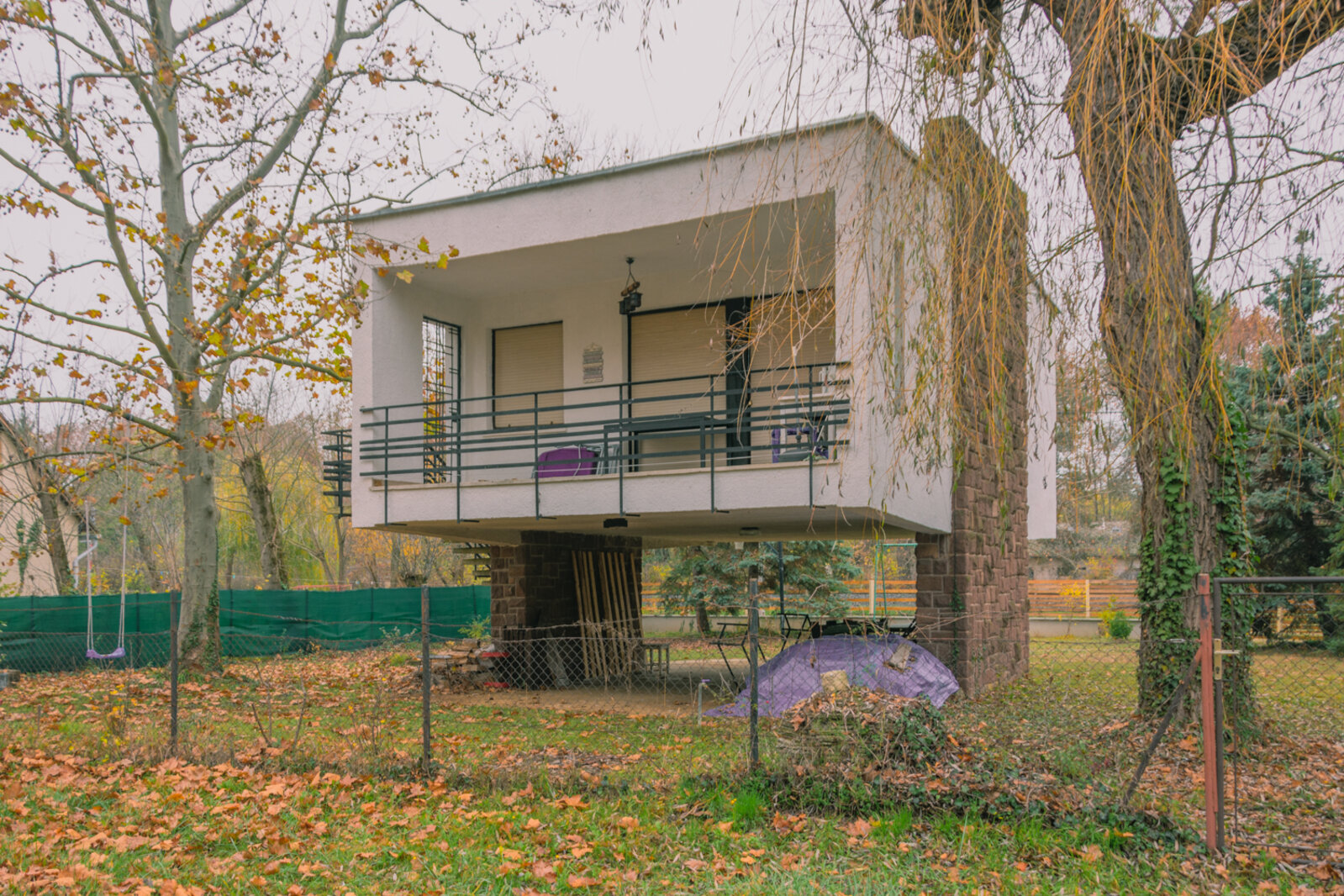
You wrote earlier that almost everyone has a story about Lake Balaton. What is yours? What does the lake mean to you?
Balaton is, to me, learning to ride a bike around the house because I was bored at a birthday party. It is picking at the moulted skin of a grass snake on the red rocks, screaming for another ice cream and splashing suntanned in the water. It’s spending the first week without parental supervision with my girlfriends in a tiny house as a teenager at Balatonvilágos. It’s also missing the last train from Siófok late at night and having to walk home on the beach at dawn. What is perhaps a little unusual is how, as an adult, I am enchanted by the off-season lakeside. I am intoxicated by the joy of discovery as I pedal my bike towards "unknown landscapes". The beauty of it is that, although yes, everyone has a story about Lake Balaton, my story is the same as practically everybody else's – it’s about nostalgia, freedom, togetherness and being carefree.
How did you hit upon the idea to create an Instagram page about Balaton in the off-season?
It all started as a hobby, and I still try to keep it as such. I started touring Budapest with my camera in my university years because I thought that was the best way to get to know a place. Then, I started wandering around when in the off-season, the autumn of 2014, I was down at the lake the first time for an extended period. I have been doing it ever since. Instagram started as more of a visual, photographic project, but my historian side kept surfacing willy-nilly. The final push came in the winter of 2020 when I began to see that the things that had defined the image of Lake Balaton as I knew it were disappearing and transforming, so now the project is a rescue mission of artefacts.
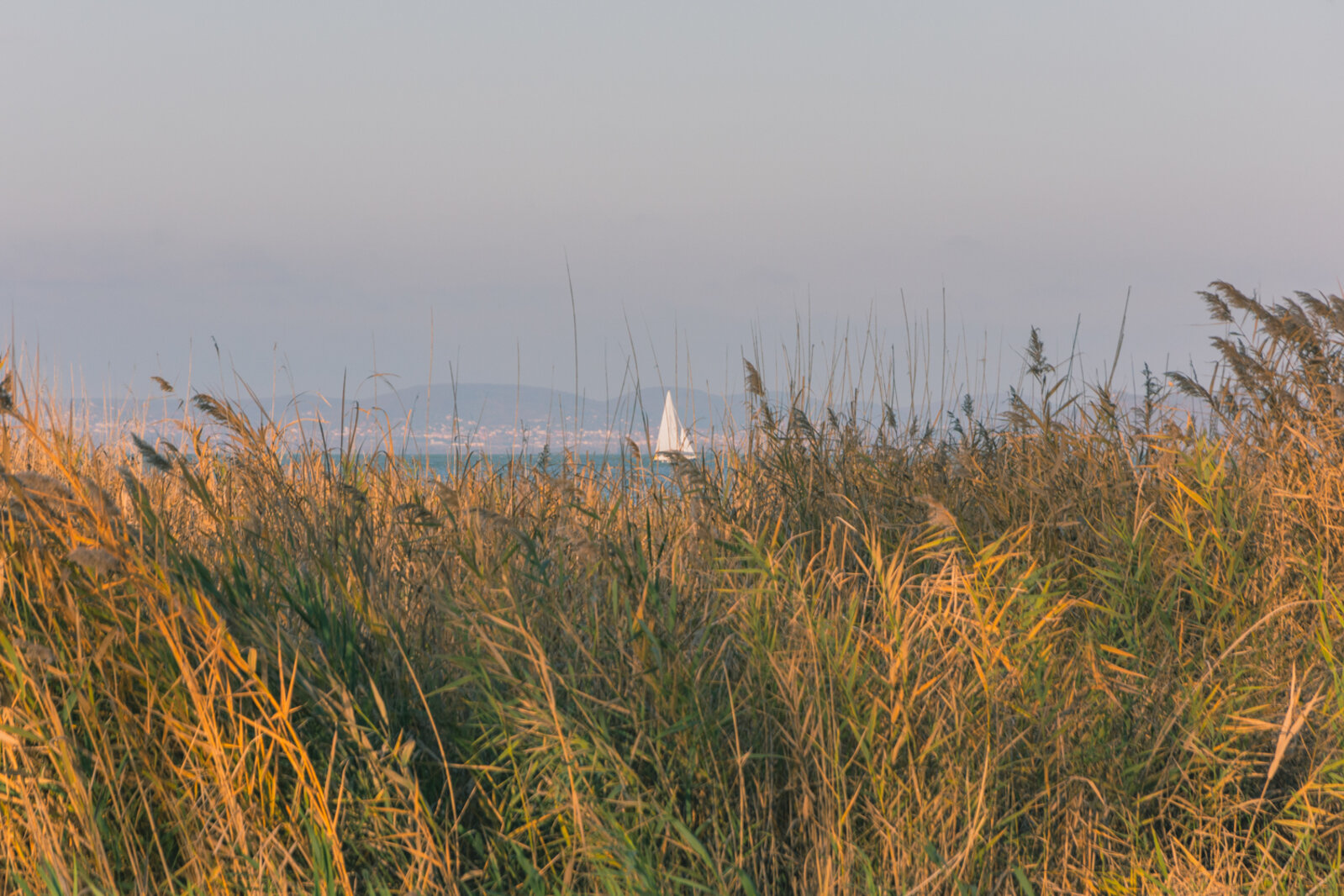
Beyond the landscape, the focus of balatonoffseason is on interesting buildings, holiday homes and the stories that go with them. What makes these buildings appeal to you?
As I spent part of my childhood summers in the neighbourhood of Bagolyvár Street in Szemes, I have vague early memories of the imposing villas here, intertwined with family legends. I think it was the stories I was told about these buildings that made the difference. When I see a house, I always think, if only those walls could talk... And then, if I'm lucky, instead of the walls talking, suddenly, someone appears and starts telling me the story. I'm also very interested in the architecture itself, the periods, when and why it was built. I like to look at a house and understand a little bit of the mentality of an era. I think they’re brilliant.
Have you ever had a negative experience photographing other people's houses or holiday homes? Do you ever get any reaction from the owners?
They have reacted in the nicest possible way, and so far, I have not received a single negative message or comment; everyone started telling me stories straight away. Some more, some less, but they have revealed why that specific mysterious name was given to the villa, the date of construction, old summer memories, first loves, and even more and more recommendations. That's why I love doing this. At first, I was afraid of getting angry letters, so I tried to respect privacy and private life everywhere. I don't photograph people in a way that makes them recognisable, and I don't post the exact addresses of holidaymakers.
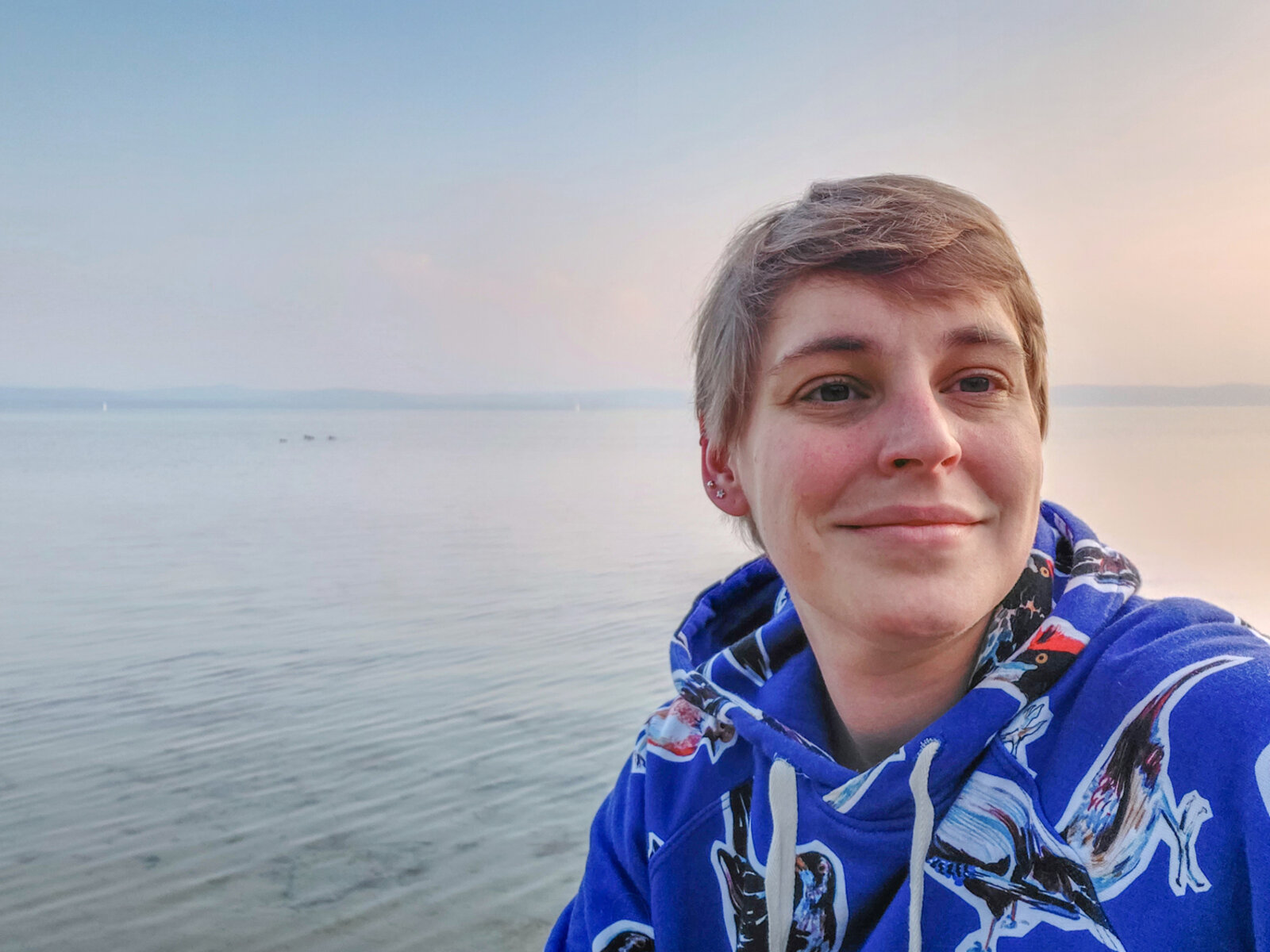
Dorka Bartha
An exhibition of your photos opened last week at Telep Gallery in Budapest. What was it like to see an exhibition based on your Instagram page?
It was nice to see the joy when someone recognised a house from the street where they had been spending their holidays since they were little or looked at details of other familiar places with the same tender nostalgia as I do. One of the participants even sent me a great family history, complete with pictures and documents from the time.

The balatonoffseason site is imbued with a refined retro atmosphere. You ride a squeaky Csepel bike along the southern shore and search for the absolute retro wonders. Do you have a favourite building or story?
It's a tricky question. My favourite is constantly changing, but I have a personal number one from every era. If we're talking about classic villas, it's the Balatonberény row of villas. If we're talking about modern buildings erected between the two world wars, it's the holiday home in Széplak designed by Ferenc Rathing, with the inscription "Cara mihi sedes", which means "This place is dear to me". If I had to choose a retro or socialist-modern favourite, I'd say Eudoxia in Balatonszéplak or Emma on the outskirts of Fenyves. The former for its family history, the latter for its fantastic details. But it is precisely because of their endangered status and the "not old enough to protect and appreciate" attitude that I am fond of the heritage and memories of the 60s and 80s. Not just the buildings but the signs, fences, the neon lights; everything that is retro in the public consciousness.
What about the north shore? Do you have any favourite places there?
It's funny, as much as we used to holiday on the south side as kids, almost all my friends were "northerners" in high school, so I spent 8-10 years there on holidays. My favourites were Káptalanfüred and Vonyarcvashegy and the couple of springs spent in Füred and Tihany. One night I slept in the monastery next to the Tihany Abbey for a night; that was an unforgettable experience. I've also been to the north shore several times for balatonoffseason, by bike, train, or boat, but that requires much more effort. To be true to myself, I was also very attracted to the north shore by the 1960s buildings such as the post office in Tihany, the houses designed by Ferenc Callmeyer. And I loved Csaba Virág's Yacht Club in Füred, which has since been demolished. But besides that, I can't wait to tour the whole area from Vonyarcvashegy to Almádi and discover my less-hyped favourites.
-
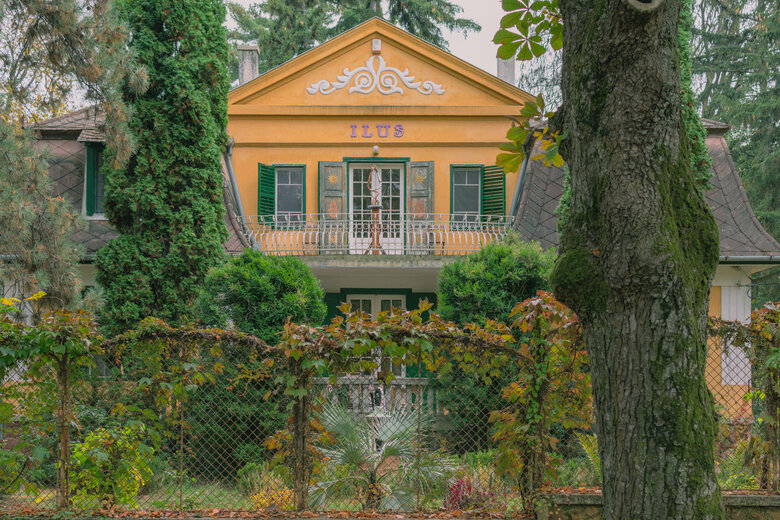
-
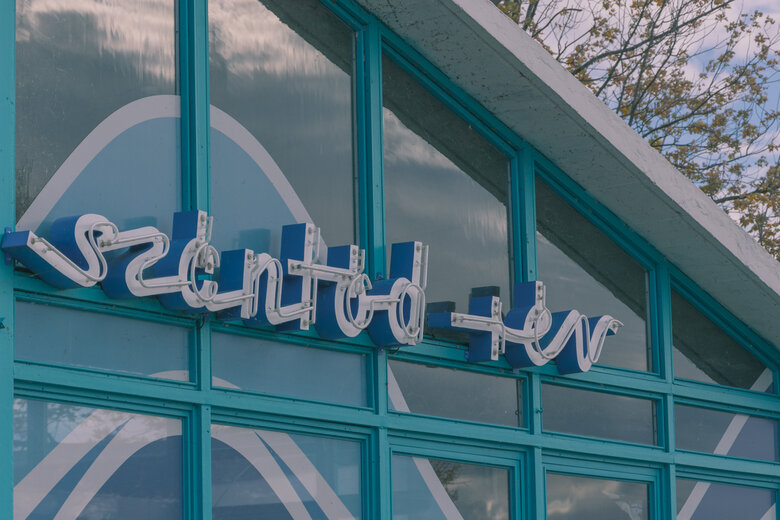
-

In addition to Beyond Shapes, you often have the VEB2023 ECOC hashtag under your photos – an initiative exploring the interestingly shaped fences of the Balaton holiday area. How did you find out about this project?
When the project started, it caught my eye almost immediately on Instagram, and since I had already photographed quite a few fences by then, I noticed it immediately. It's a very imaginative initiative, and the mix of anthropologists and photographers approaching the subject is exciting. It would bridge a big hiatus if many stories, now told only within the family, were collected there.
I read that the Hungarian word spaletta – meaning window shutters – is one of your favourites. What is the first word that comes to mind when you think of Lake Balaton?
It’s happiness.
